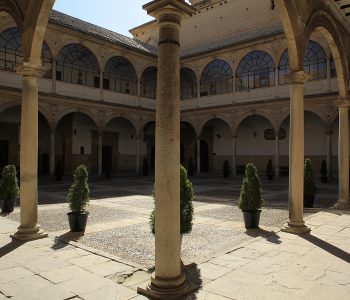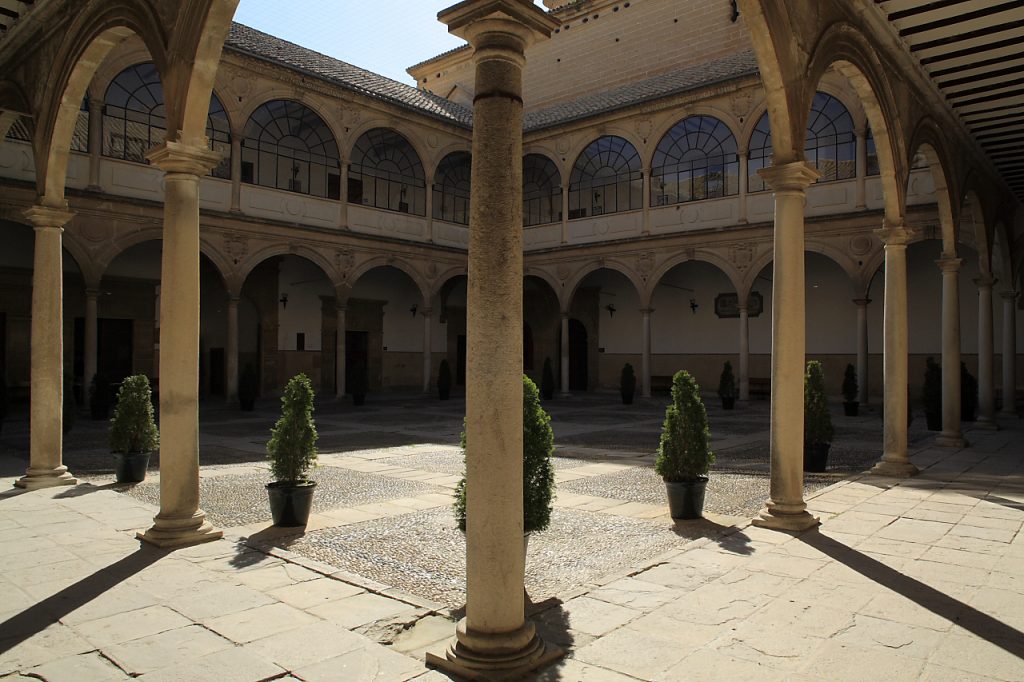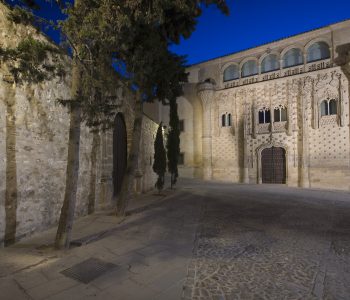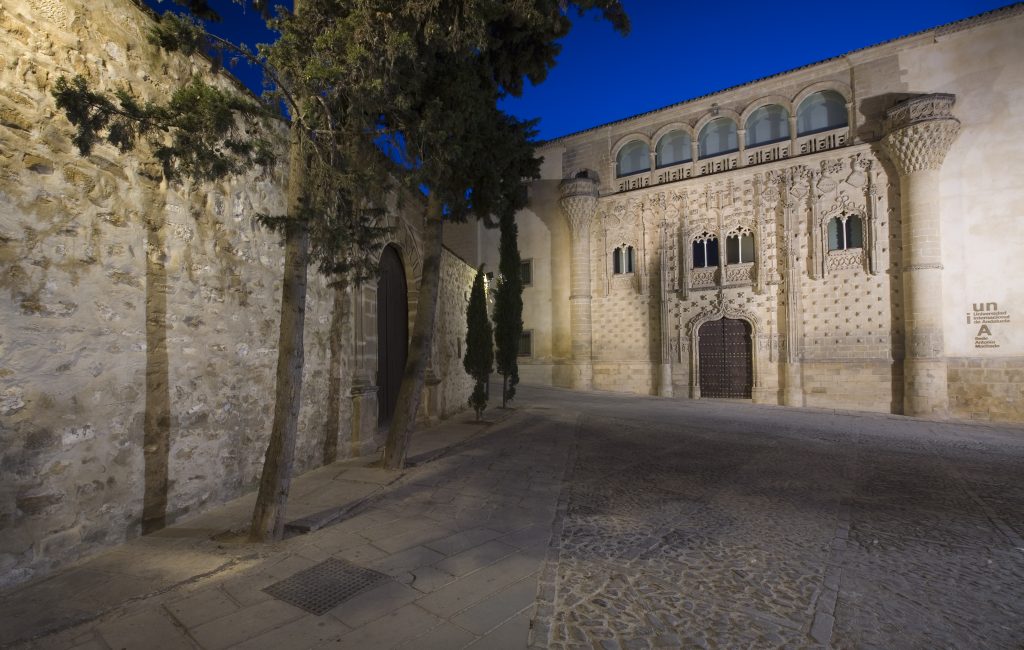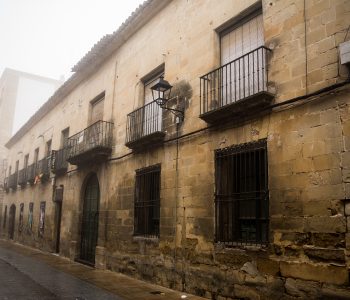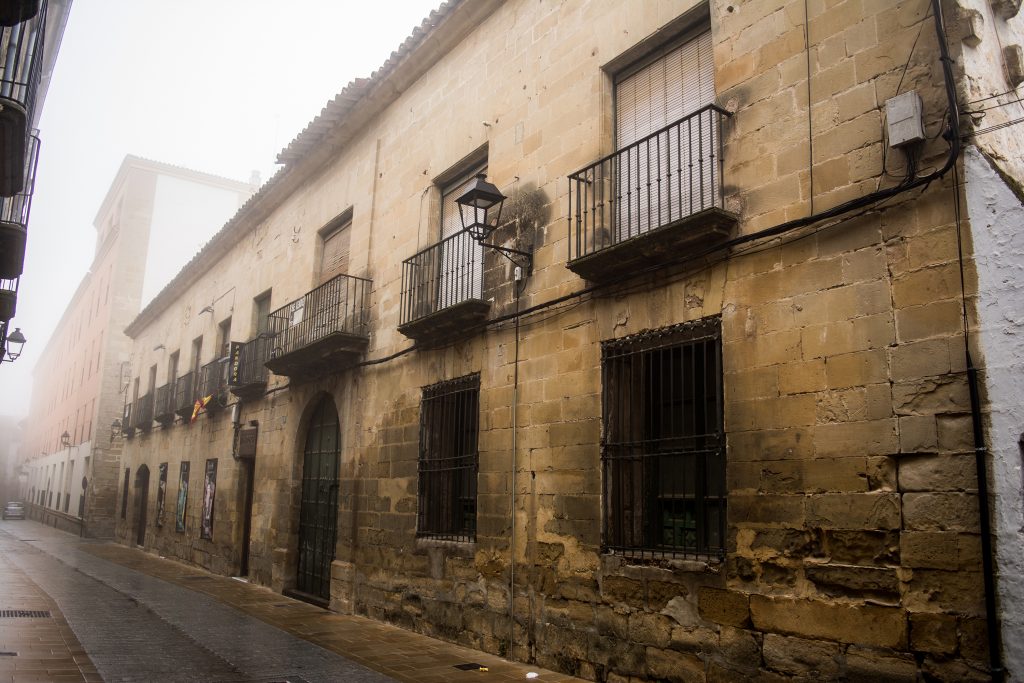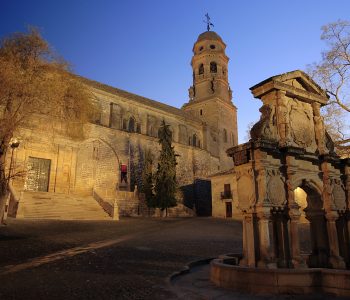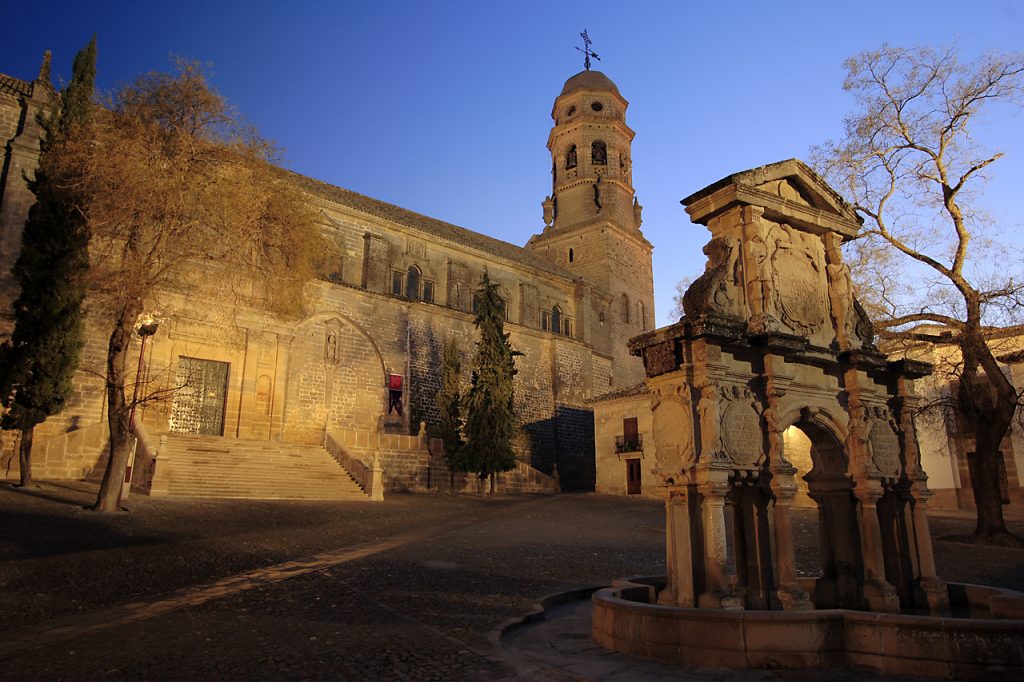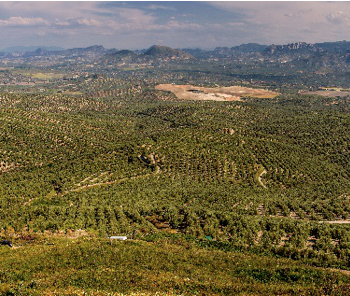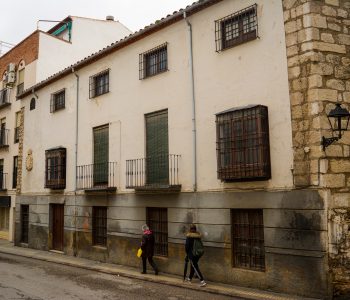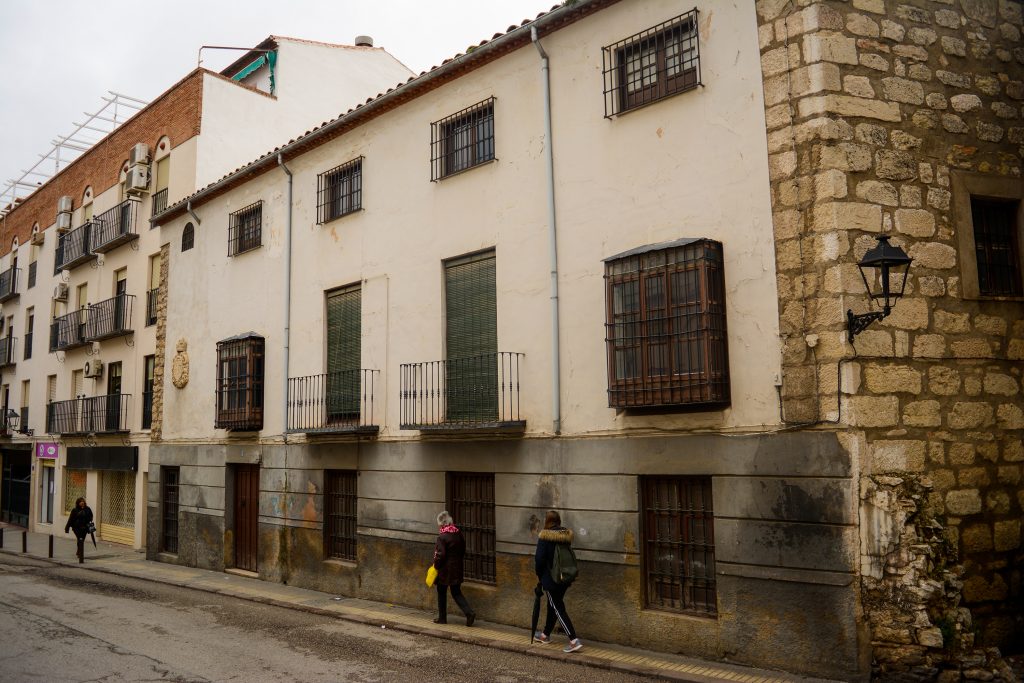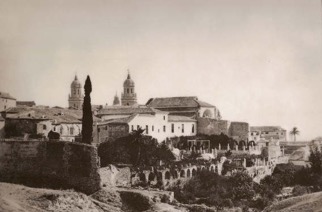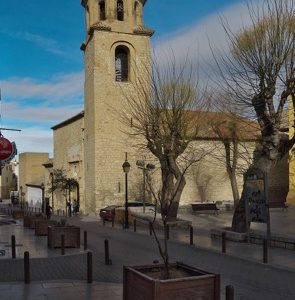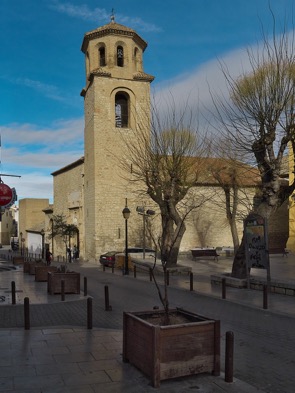 No category
No category
Plaza del Pópulo / Plaza de los Leones( The…

As with the Plaza de Santa María, Federico García Lorca describes the Plaza del Pópulo or de los Leones in an admired and somber way, lamenting the abandonment in which it is found.
LOST CITY (BAEZA) I Baeza
(…) In a serene square, which has an elegant but mutilated and shattered little palace, a graceful altar with rag flowers next to the aristocratic seriousness of a triumphal arch with a warrior’s air, and a fountain with lions blurred in the stone ( …)
The Plaza del Populo was one of the most important squares in Baeza, which housed the main public buildings. In this square there were institutions such as the Old Butchers -current seat of the courts-, the Civil Court and Public Notaries or Pópulo House -current Tourist Office-, the Arch of Villalar, the Puerta de Jaén or the Fuente de los Leones , named for the ornamental elements in the shape of a lion from which the water gushed out and that apparently come from the Ibero-Roman ruins of Cástulo, which today is in question, because for experts in Iberian sculpture its siliceous stone carving and its formal appearance suggest a much more modern chronology.
